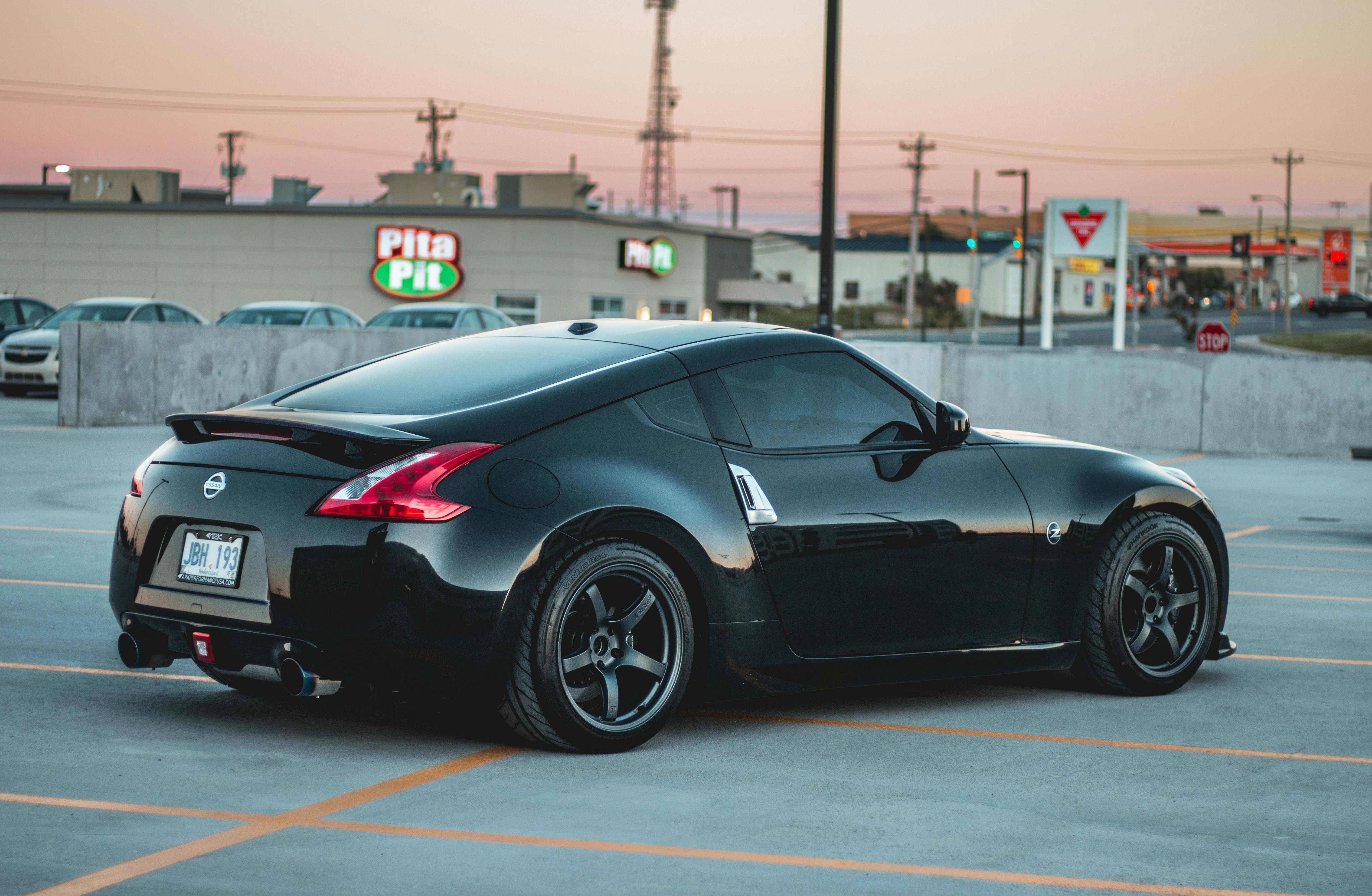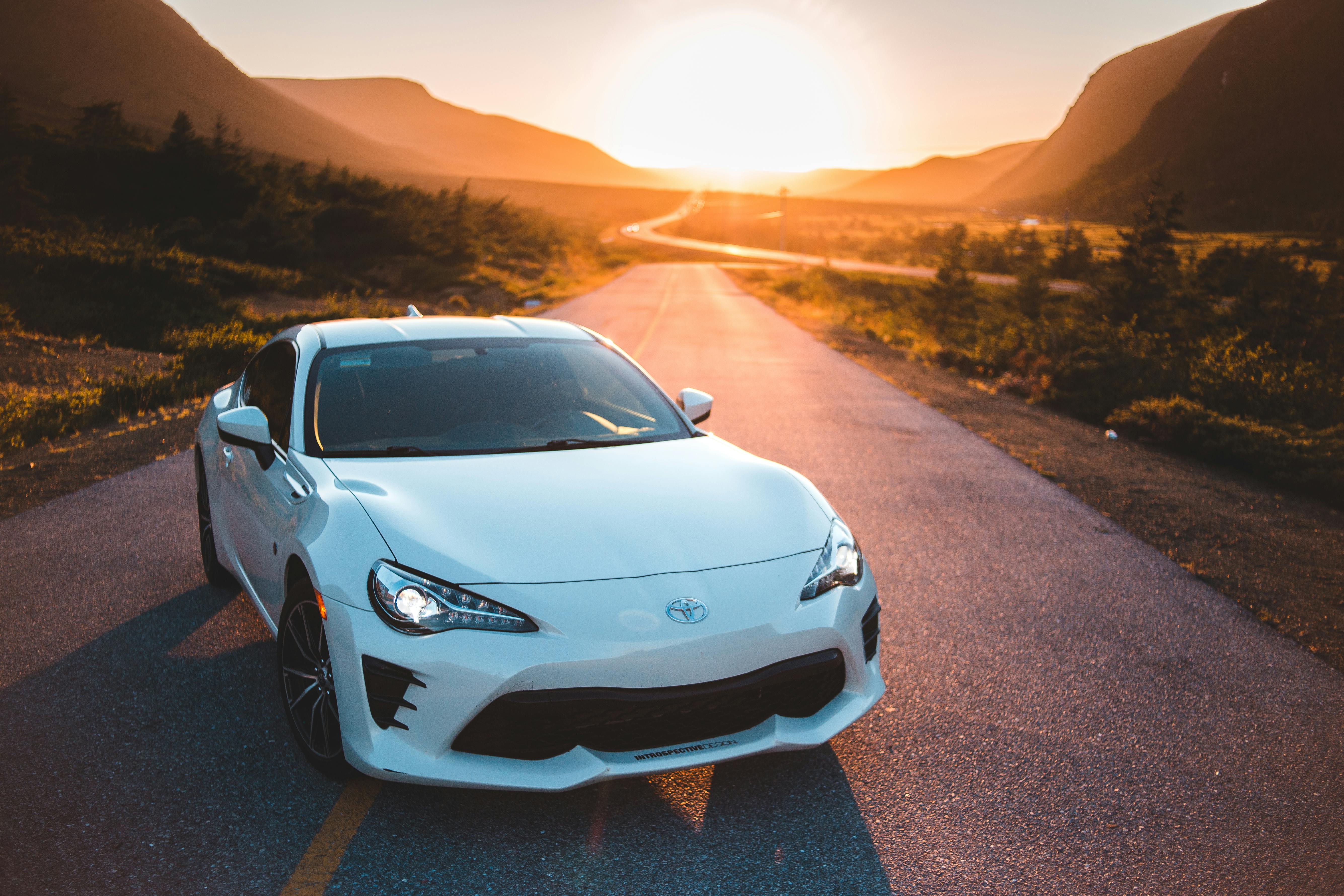Whether they’re crawling slowly down the city strip, fishing down country roads, or driving down long stretches of desert highway, the American car rumbling under the power of a big engine seems to fit the bill. In fact, while the true origin of the modern automobile can be debated, the muscle car is something entirely American.
What is a muscle car?
The exact definition of what a muscle car is can be a bit confusing, but most of the time it revolves around a V8 engine reserved for a larger sedan or even a truck that fits into a midsize sedan. These sedans were typically two-door vehicles. These smaller, but by no means small cars, combined with progressively larger engines meant vehicles that could unleash a great deal of power in a relatively short time.
A brief history Although this practice was fairly common among smugglers during Prohibition, the first reputable muscle car produced by an automaker is generally cited as the 1949 Oldsmobile Rocket 88. The Rocket 88 came with a new V-8 high compression valve. fell into a lightweight body, resulting in the combination of speed and power that would become standard.
Some other manufacturers produced them throughout the 1950s, and many more produced the cars and engines separately, resulting in the hot rod trend. It wasn’t until the 1960s that most American automakers began making cars that rolled off the assembly line and fit the definition of a muscle car. By the late 1960s, it seemed like every American automaker was producing at least one, with competition driving prices down and increasing demand. The golden age was fully extended and saw the market grow strong enough to fragment, splitting into high-powered muscle cars, affordable pony cars, and even lower-powered models for beginner enthusiasts.
Why did they decline?
Like the fall of the Roman Empire, the death of the muscle car came from a variety of sources. The car safety and emissions standards that Ralph Nader began to strive for in the 1960s began to become mandatory standards, which, better for people and the environment, limited the viability of the muscle car. The 1973 OPEC oil embargo saw large-scale gasoline rationing, price controls, and gas station lines, helping to make them impractical and moving the American buyer toward smaller cars. The muscle car was becoming more difficult to produce and more expensive to own, a two-pronged approach that largely spelled doom for the breed.
When they came back?
The trend toward smaller cars continued through the rest of the 1970s and into the 1980s. It was then that gasoline prices fell back to record lows, the Japanese economy found itself in tough times, and Americans rediscovered love. for the bigger cars. Of course, those bigger cars were sport utility vehicles, but they started a horsepower love affair. This affair bled into a muscle car relight, perhaps first with the Dodge Magnum RT, a combination sports car and truck, and then drifting into the rebirth of the Dodge Charger and Pontiac GTO.
Sadly, the renaissance was short-lived and ended due to problems similar to those of the first era: high gasoline prices, rising emissions standards, and a move by consumers toward smaller, more efficient vehicles. Whether or not the muscle car will make a third revival remains to be seen. One thing that’s for sure is that Americans seem drawn to powerful vehicles no matter where in the country they call home.



